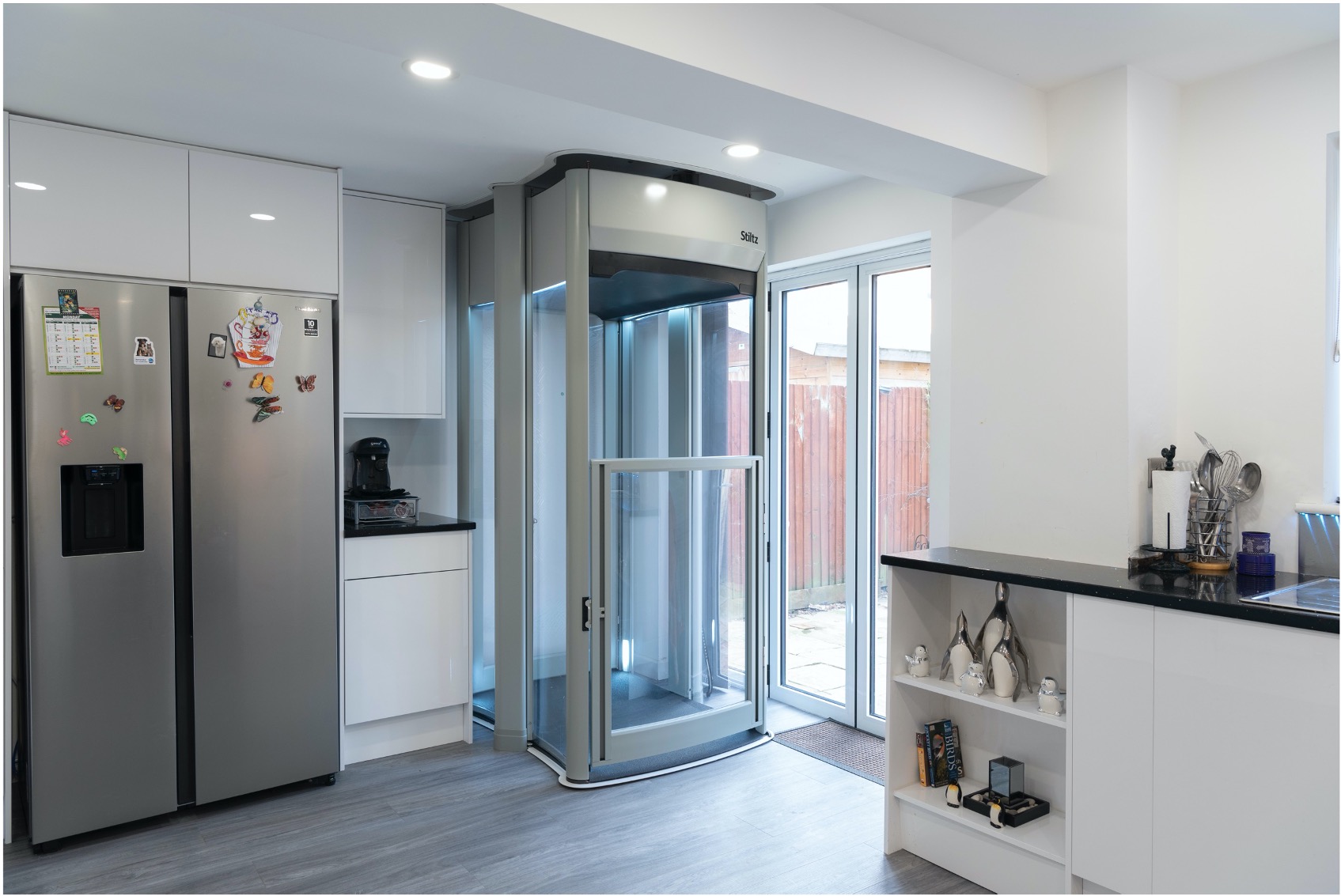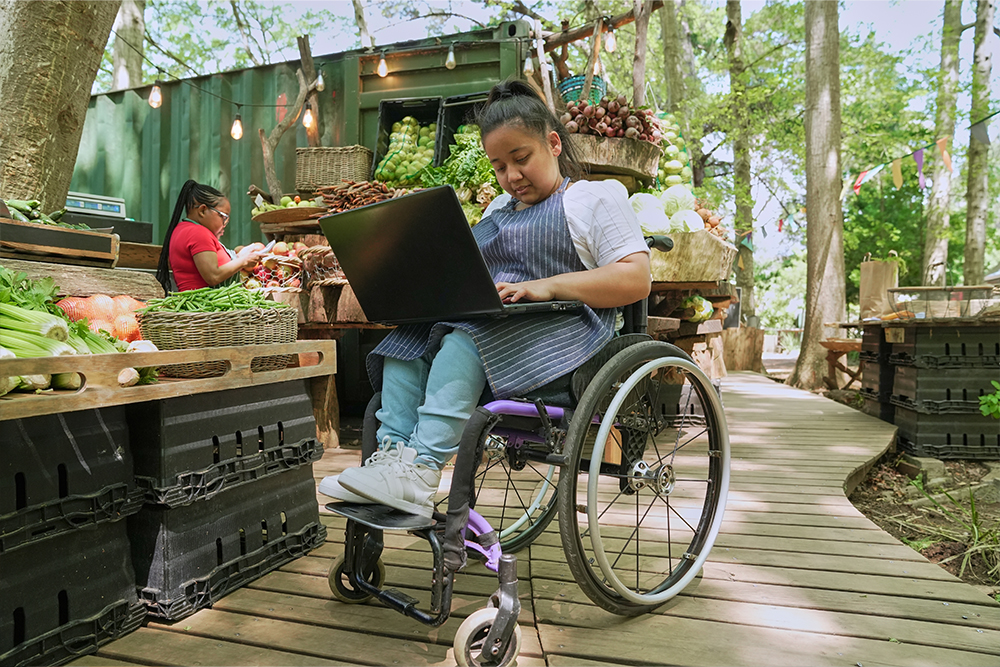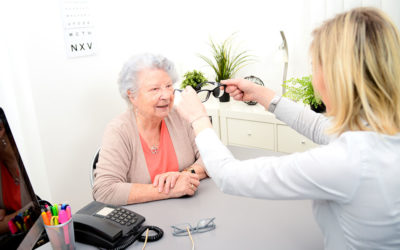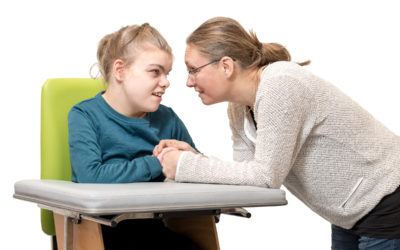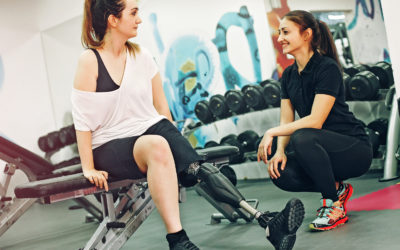Spina Bifida
A number of factors can determine how mobile someone with Spina Bifida is. The primary factor is the location and severity of the spinal opening. For instance, if the weakness occurs in the upper spine, the individual is likely to need more support with mobility. The assistance can vary from walkers and strengthening braces on the lower limbs through to being reliant on a wheelchair to move around. The condition can change over time and healthcare providers work to assess mobility at each stage of development.
Spina Bifida in Young People
The opinion is that babies with Meningomyelocele – where the spinal cord cones through the spine – should be operated on as early as possible to prevent infection and protect the spinal cord from further damage. A large percentage of babies with this form of Spina Bifida also have fluid on the brain, which will need urgent treatment.
Babies with less severe Meningocele do not have a risk of nerve damage and consequently their disabilities may be comparatively minor.
Mobility Around the Home
Whether a disability is severe or mild, persons with Spina Bifida will find it difficult to move between floors in standard 2-storey homes, which are the norm in the UK. Stairlifts are not recommended for the majority of individuals with Spina Bifida, especially those who rely on mobility aids, lower limb braces, or wheelchairs.
A Home Lift Can Take the Strain
The installation of a home lift is a sensible and safe choice for wheelchair users and people who use mobility aids. Every case of Spina Bifida is different and individual, but everyone with the condition is looking for the ability to live as independently as possible alongside their family.
From early childhood when parental assistance with wheelchairs is likely, through teenage years and early adulthood when there’s a desire for greater freedom to move around the home, a compact home lift with maximum flexibility in positioning is an ideal baseline from which to build on accessibility.
Disabled Facilities Grant and Children
While the DFG is means-tested for adults, no means testing is involved for home adaptations to meet the needs of those under the age of eighteen who need accessible living assistance. It’s important for parents to understand the funding available to them to provide a safe, nurturing environment for their disabled child to live, grow and thrive.

Case Study:
Bonnie Barrow was born with Meningomyelocele Spina Bifida, the most severe manifestation of the condition.
After a couple of months in the neo-natal hospital unit, she was able to return home, where her parents, Stuart and Emma, were faced with looking at the best way to adapt their family home to adequately suit Bonnie’s needs.
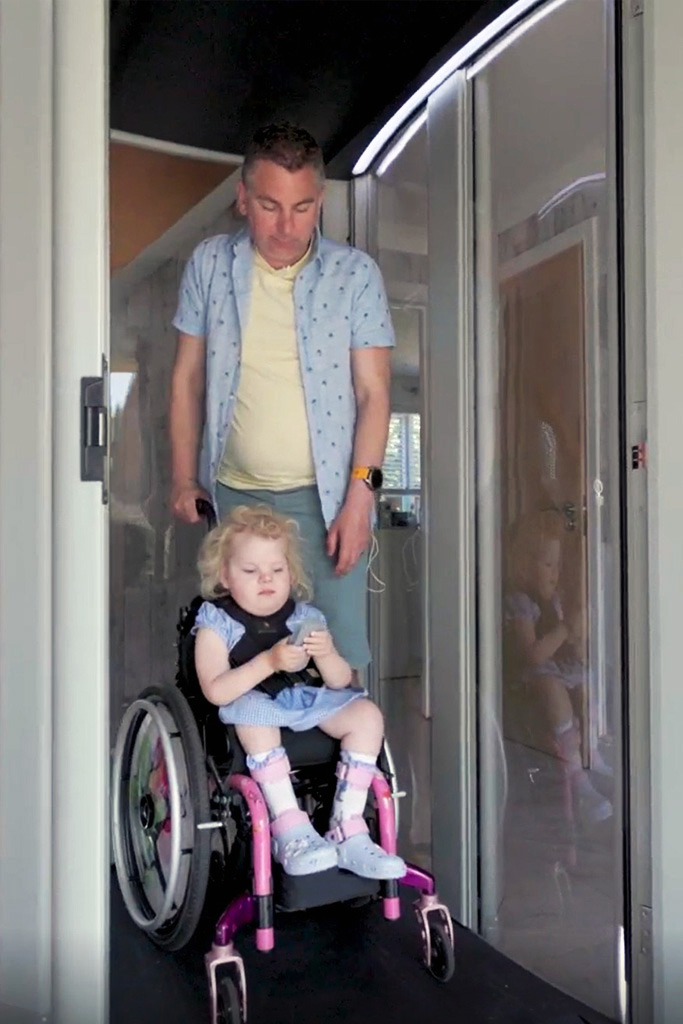
Every case of Spina Bifida is different and individual, but everyone with the condition is looking for the ability to live as independently as possible alongside their family.
